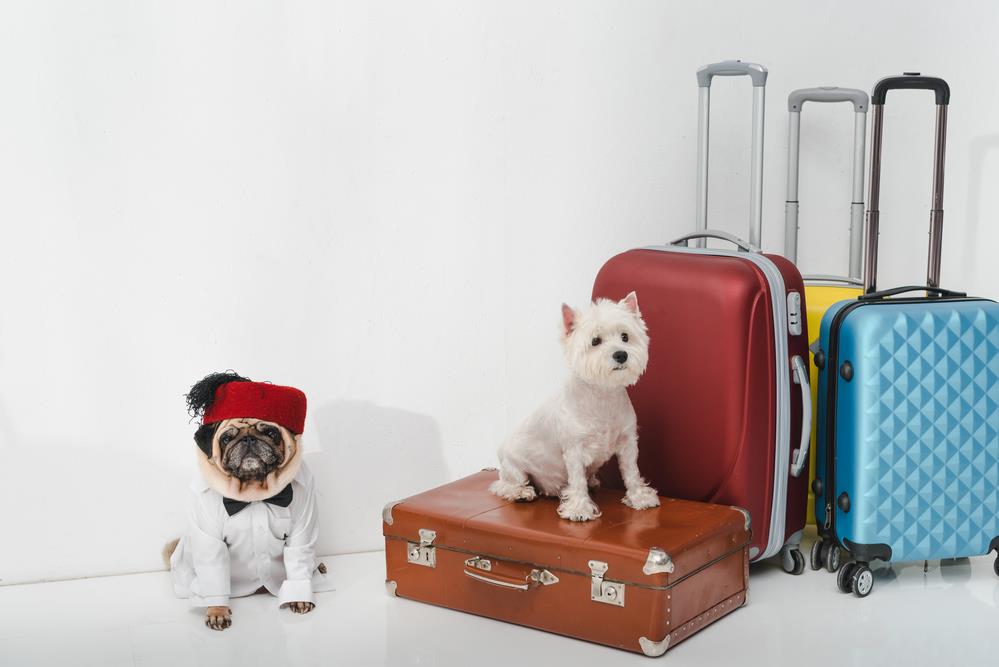Understanding the Basics: An Introduction to Travelling with Pets
When embarking on a journey with your furry companions, it’s crucial to grasp the fundamentals of pet travel. This not only ensures a pleasurable, stress-free journey for you, but also for your pet.
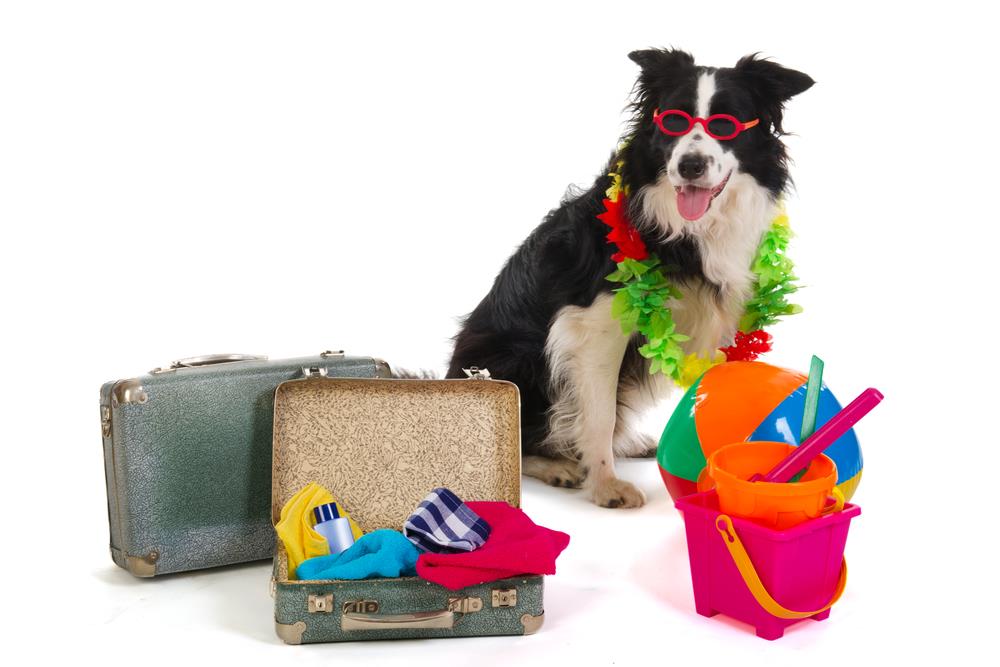
The Importance of Planning Ahead
Plan your trip meticulously to avoid any unexpected complications. Consider your pet’s needs, including food, water, and comfort breaks. Research pet-friendly accommodations and transport options.
Risks and Challenges Associated with Pet Travel
Travel can be stressful for pets, potentially leading to health risks. It’s essential to understand these challenges and how to mitigate them. Consult with your vet and consider any vaccinations needed.
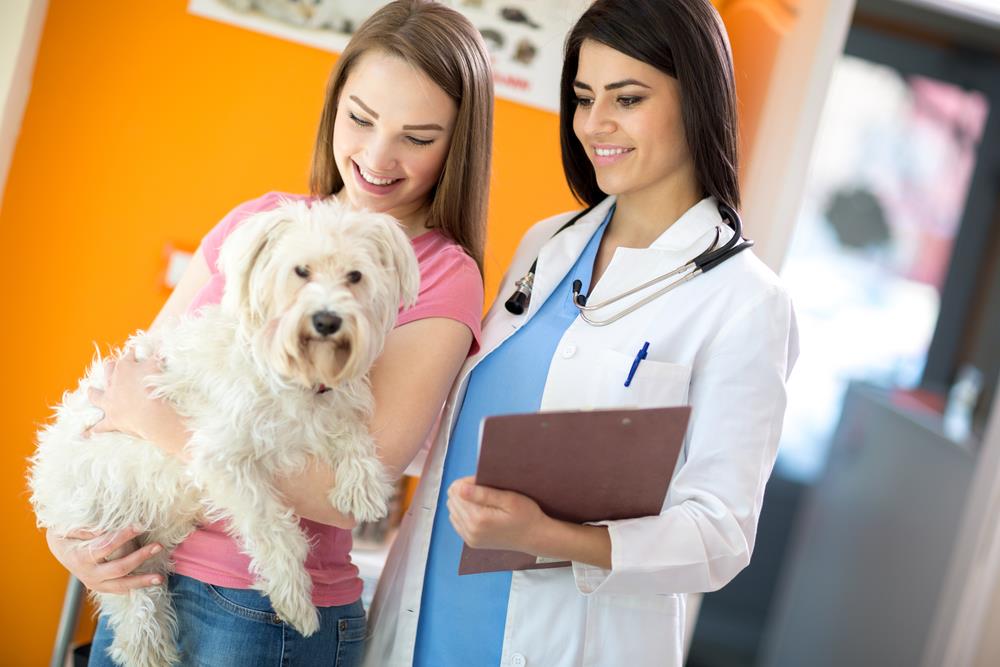
Pre-Travel Preparations: Ensuring a Stress-Free Journey for Your Pet
Before embarking on a journey with your pet, a few crucial steps can provide a smoother travel experience for both of you.
Importance of Vet Visits Before Travel
Scheduling a vet visit prior to travel is essential. Your vet can address any health concerns, update necessary vaccinations, and provide the required documentation for travel. This ensures your pet is fit for the journey and meets any travel regulations.
Necessary Vaccinations and Documentations
Travel often requires specific vaccinations and documentation. For instance, a Rabies vaccination certificate is mandatory for international travel.
Packing Essentials for Your Pet
Don’t forget your pet’s essentials: food, water, leash, waste bags, and familiar items like toys or bedding. These create a sense of comfort and normality during travel.
Training Your Pet for Travel
Training your pet for travel can alleviate anxiety and improve their behaviour during the journey. Start with short trips and gradually increase the duration.
Choosing the Right Mode of Transportation
When planning a journey with your pet, selecting the appropriate mode of transportation is crucial. Cars, planes, and trains each have their advantages and disadvantages. Cars offer flexibility, but long drives can be stressful for animals. Planes can quickly cover long distances, but air travel can be distressing for pets. Trains provide a smoother ride, but not all routes accommodate pets.
Understanding Pet Policies of Different Transport Companies
Each transport company has its unique pet policy. Some restrict the type and size of pets, while others have specific requirements for pet carriers. Researching these in advance can prevent last-minute surprises.
Safety Measures for Each Mode of Transportation
Safety is paramount when travelling with pets. For cars, secure carriers or seat belts are recommended. In planes, familiarise yourself with the airline’s procedures for transporting pets. On trains, ensure that your pet is comfortable and secure.
The Importance of Researching Pet-Friendly Accommodations
Pets are family, and they deserve the best. When planning your holiday, it’s crucial to research pet-friendly accommodations. Not all accommodations welcome pets, and those that do often have specific policies and restrictions.

Checking Hotel Policies Regarding Pets
Many hotels have specific policies in place about pets. These may include restrictions on pet size, breed, or number of pets per room. Some hotels charge additional fees for pets, while others may require proof of vaccinations. Be sure to check the hotel’s pet policy before booking.
Tips for Making Your Pet Comfortable in Unfamiliar Environments
- Bring familiar items: Your pet’s blanket, toys, or bed can provide comfort in a new environment.
- Stick to routines: Try to maintain your pet’s usual feeding and walking schedule.
- Provide plenty of exercise: This can help your pet burn off energy and reduce anxiety.
Travelling with pets can be a rewarding experience with careful planning and preparation. Remember, your pet’s comfort and safety are paramount.
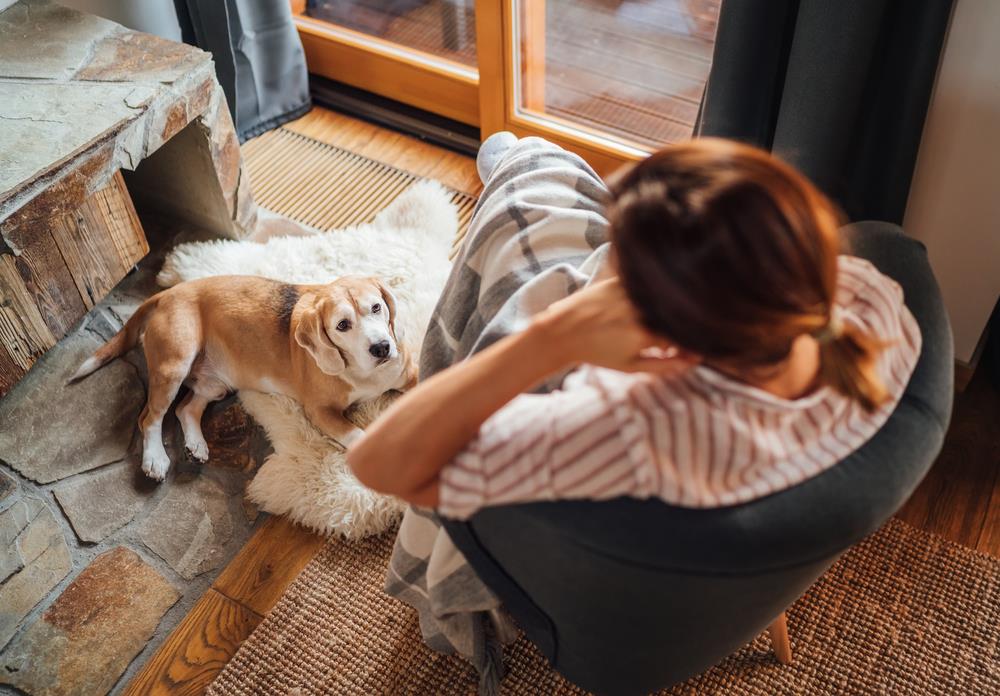
Feeding and Exercise During Travel
Maintaining your pet’s diet during travel is of paramount importance. It’s crucial to pack enough of their regular food to prevent any dietary distress. Organising mealtimes around your normal schedule as much as possible can also help them adjust.
Opportunities for Exercise and Play
Travel can be stressful for pets. Regular exercise and play can provide a much-needed distraction. Find safe spaces for them to stretch their legs, play fetch or just explore. Consider packing their favourite toys to make them feel more at home.
Coping with Motion Sickness in Pets
Motion sickness can be a common issue for pets during travel. It’s essential to recognise the symptoms and take appropriate action. Always consult a vet if your pet shows signs of distress.
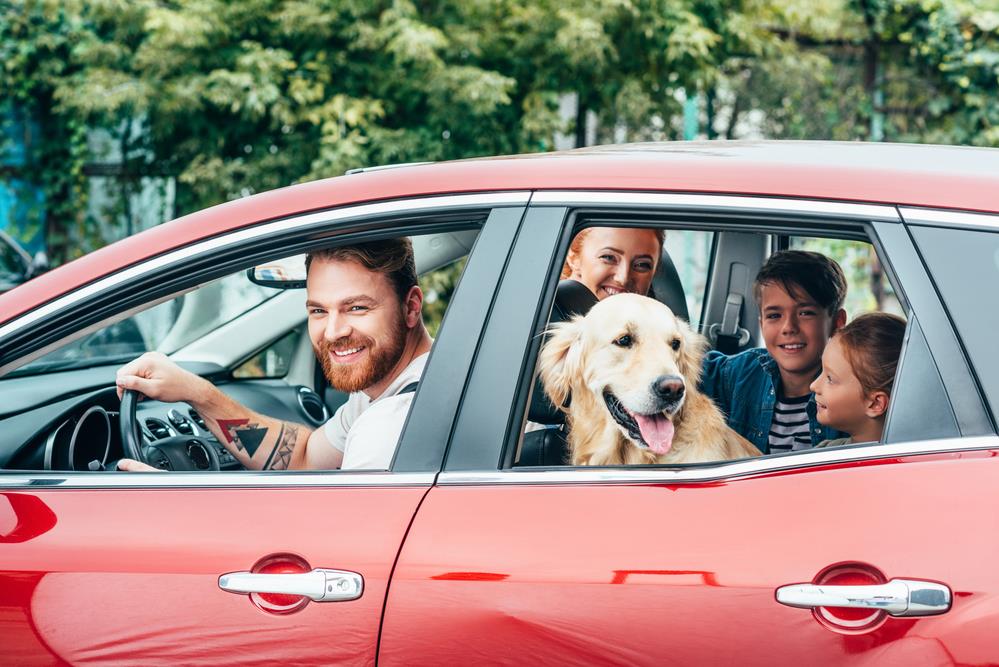
International Travel with Pets: A Comprehensive Guide
When planning for international travel with pets, it’s crucial to understand the varying quarantine laws and restrictions imposed by different countries. Some nations require a mandatory quarantine period, while others may need specific vaccinations or health checks. It’s essential to research these laws thoroughly to ensure your pet’s safety and comfort.
Necessary Paperwork and Documentation
Before embarking on your journey, ensure you have all the necessary paperwork and documentation for your pet. This typically includes a health certificate from a vet, vaccination records, and sometimes, import permits. Always check the requirements of your destination country.
Coping with Jet Lag and Time Zone Changes
Pets, like humans, can experience jet lag. To help them adjust, gradually alter their feeding and sleeping schedules to match the destination’s time zone before you travel. Also, ensure they stay hydrated and comfortable during the journey.
Handling Emergencies While Travelling with Pets
When embarking on an adventure with your pet, unforeseen emergencies can arise. It’s paramount to be prepared and know how to react. Here are some tips to help you handle pet emergencies whilst travelling.
Preparing a Pet First-Aid Kit
Prior to your journey, prepare a pet first-aid kit. This should include items such as antiseptic wipes, bandages, tweezers, and a digital thermometer. The Australian Veterinary Association provides a comprehensive list of items.
Locating Emergency Vet Clinics
Research and note down the contacts of emergency vet clinics within your travel destination. This ensures you can quickly seek professional help in case of an emergency.
Recognising Signs of Distress or Illness in Your Pet
Understanding your pet’s normal behaviour is crucial. Be vigilant for signs of distress or illness such as excessive panting, drooling, or lethargy.
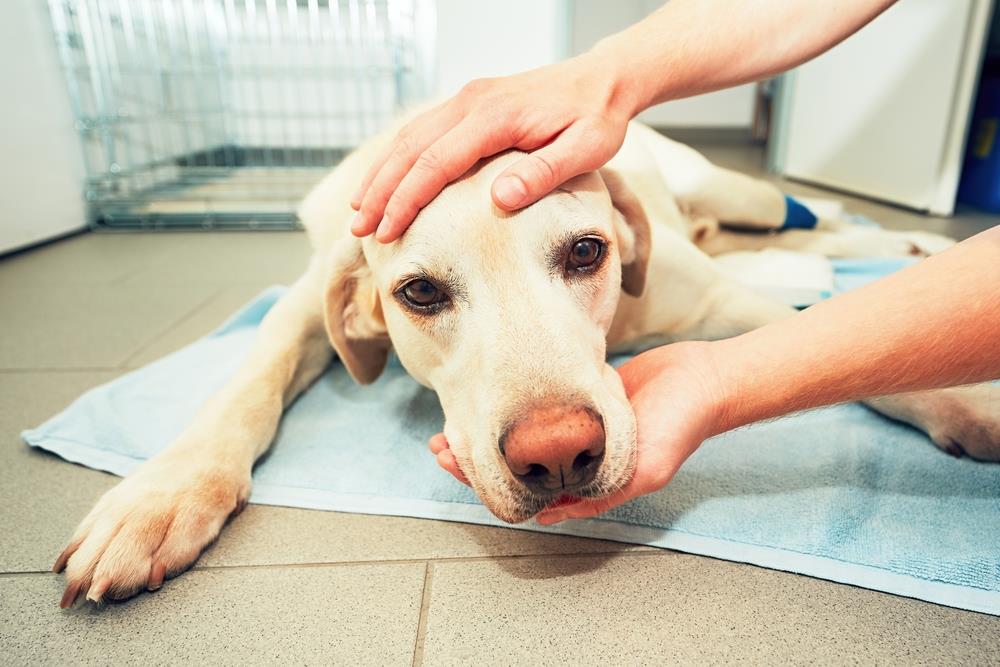
Post-Travel Care for Pets: A Crucial Aspect of the Journey
Ensuring your pet’s safety and comfort doesn’t stop once you’ve returned from your travels. The post-travel period is equally important and deserves equal attention.
Helping Your Pet Readjust After Travel
Upon return, pets might exhibit signs of mild stress or anxiety. Give them time to readjust to their familiar environments by maintaining their regular routines. Regular feeding times, play sessions, and plenty of rest can help expedite this process. 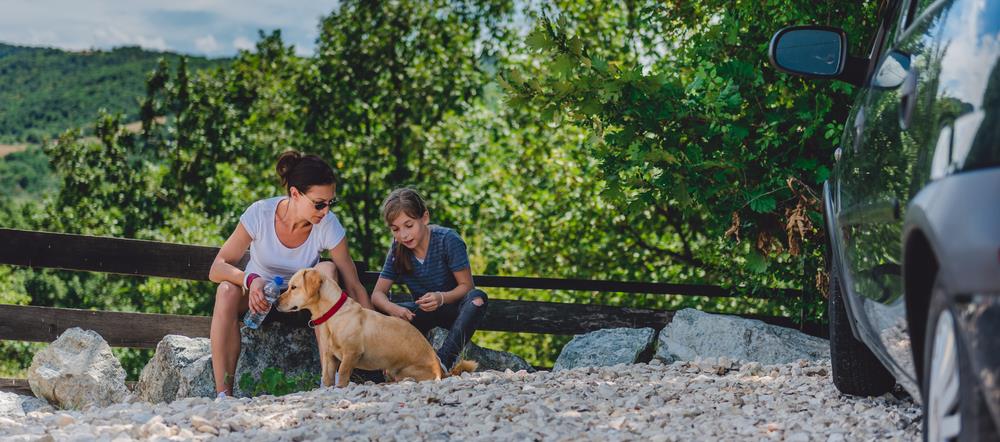
Post-Travel Vet Visits
It’s always advisable to schedule a post-travel vet visit. The vet can perform a thorough check-up to ensure your pet hasn’t picked up any illness or parasites during the journey.
Reflecting on the Travel Experience for Future Improvements
Post-trip, reflect on your pet’s travel experience. Did they seem comfortable? Were there any hiccups? Learning from these situations can help you plan better for future trips, ensuring a more pleasant experience for both you and your pet.

